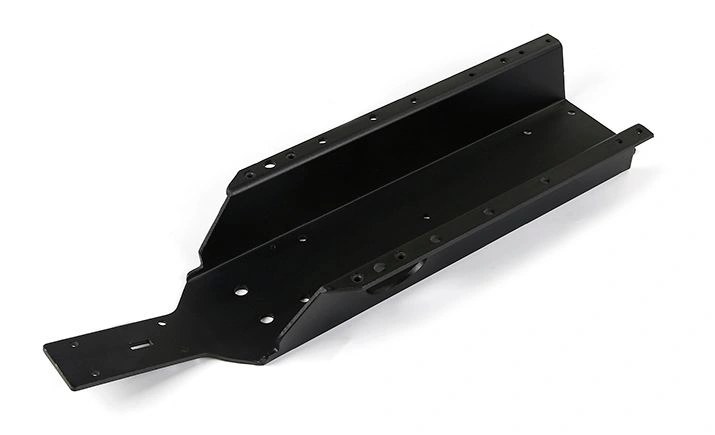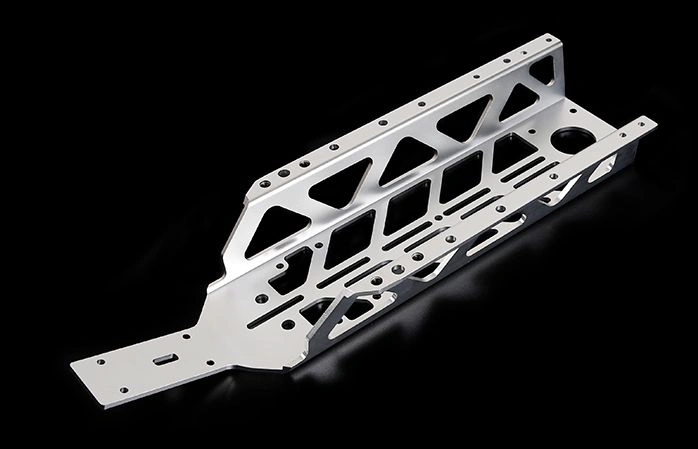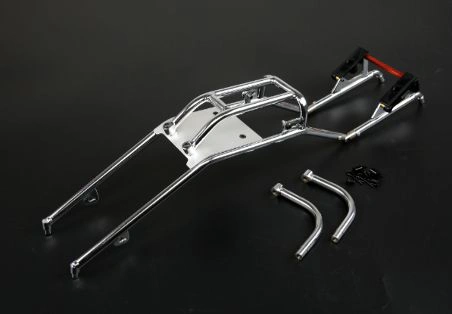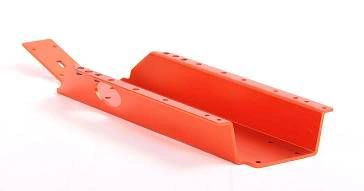Main chassis

Main Chassis: The Foundation of Your System
The main chassis, often simply referred to as the "chassis," is the foundational structure of a variety of machines and devices. It's the backbone, the framework, and the primary housing unit. This article dives into the significance of the main chassis, its common characteristics, and some of the considerations during its design and application.

Key Features and Components
- Structural Integrity: The primary role of the chassis is to provide structural support. It houses and protects internal components.
- Component Mounting: Chassis often feature mounting points, rails, or compartments designed to hold specific components securely.
- Thermal Management: Design considerations include thermal management, incorporating features for heat dissipation like vents, fans, or liquid cooling support.
- Material Selection: The choice of materials, such as steel, aluminum, or even specialized composites, will impact strength, weight, and cost.

Design Considerations
Chassis design needs to account for a variety of factors. These include the size and shape of the device, the placement and accessibility of components, the need for protection from environmental elements, and regulatory compliance. Aesthetics also play a role, particularly in consumer products. The chassis can significantly influence user experience.

Ultimately, the main chassis serves as the crucial backbone of any system, providing essential functionality, structural integrity, and protection. Careful attention to detail in its design is paramount to the overall success and reliability of the product.

